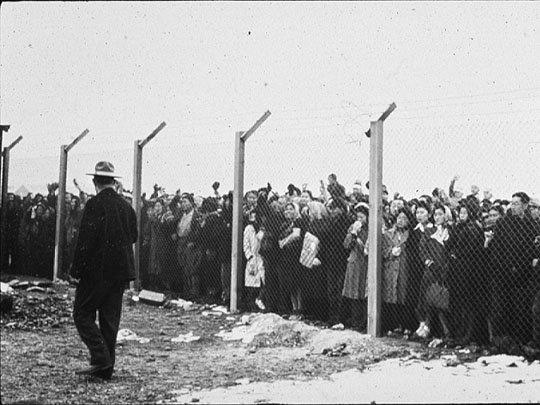The idea that Asians, although a minority are high achieving, is still a fairly accepted idea. This idea is often, and wrongfully, used to shame Blacks and Hispanics for “underachieving”. This use of the Asian model minority as a weapon against Blacks and Hispanic minorities has to stop as the premise of the Asian model minority is severely flawed.
Comparison: Full Population Vs. High Achieving
There are a number of issues with the comparison of Blacks and Hispanics to Asians. One of these issues is that the use of Asians as a comparison group is that the entire Asian population isn’t used. The high achieving Asians are generally the target of comparisons. Chinese and Japanese, for example, tend to earn degrees and make a higher average income at a higher rate than Taiwanese or Asian Indians.
Using only the highest achieving Asians to shame entire minority groups is akin to comparing the accomplishments and incomes of top tier Ivy League graduates to the general population. Of course, the Ivy League graduate will be more likely to have a higher success rate than the general population, especially if the measurement is average income.
The Beginning: Special Skills Visa
In 1965, through the National Immigration Act, the U.S Government presented the opportunity for Asians with existing families in the United States and or with “special skills” to receive visas. This special skills visa lead to an influx of educated and highly skilled working Asians to skew the population of American Asian population. The influx of Asian Americans with these skills obviously affected generational expectations. The children of these immigrants were usually expected to achieve at the same level or higher than their parents.
This case is significantly different than those of Blacks or Hispanics. Neither population have had their population specifically tailored to the extent of Asian Americans. This influx of highly skilled workers led to an article that began and continues to shape the conversation about the low achieving minority.
NY Times Article: Model Minority
The creation of the concept of the model minority came from a faulty NY Times article. The article used the success of the new skilled workers to compare them to African Americans who had not had the time or the means to become highly skilled workers. The perceptions of the NY Times article has continued to endure. Despite being based on a small percentage of highly skilled Asian workers, this idea has somehow managed to endure the test of time.
The writer, William Petersen argued that if the system were set up to benefit the White majority then how were Asians so successful. Petersen focused on his small subset of high achieving Asians at the time and compared them to African Americans who were deep in the Civil Rights Movement.
He argued that instead of being rowdy, disruptive, and complaining African Americans could be more like Asians who despite being a minority had managed to be fairly successful. Petersen attributed much of the Asian’s success to their culture. He argued that the Asian culture put the need of the whole aside as a reason for their success. He did not factor in that the recent influx of Asians prior to his study had been highly skilled workers.

Compensation:
In 1988 President Ronald Reagan signed the Civil Liberties Act of 1988. This was intended to pay $20,000 to surviving Japanese who were detained in camps during World War II. Payments started in 1990. Approximately 82,000 Japanese received checks.
Coupled with an existing population of skilled workers, compensation to the Japanese for trauma endured in World War II internment camps, positioned Japanese to achieve more relative to their Black and Hispanic counterparts.
Having more disposable income can affect anyone’s ability to achieve. Potential uses for the compensation that could have affected Asian achievement rates include:
1. Using the money to help start businesses
2. Using the money to move into better neighborhoods with better resources, like schools, further increasing chances of success
3. Ability to pay for better schools or access programs for children
This does not mean that access to all those places for Asians was easy. It simply means that the possibility increased due to compensation through cash payments by the government.
Asian Achievement rates:
All this being said even Asians aren’t necessarily achieving at rates as high as expected. Many studies have shown that Asians although hired are rarely moved into management positions [in Silicon Valley]. So, while a specific subset of Asians are achieving high there is still a ton of work to be done across the board in terms of true exclusivity and equity.
Society and companies need to find ways to equalize access and resources to enable all races a fair chance at achievement. There also has to be a halt on comparing Asians to other minority groups who have not had the same set of circumstances to influence their level of achievements. Especially if only high achieving Asians, not the entire Asian population, are the tool for measure.










